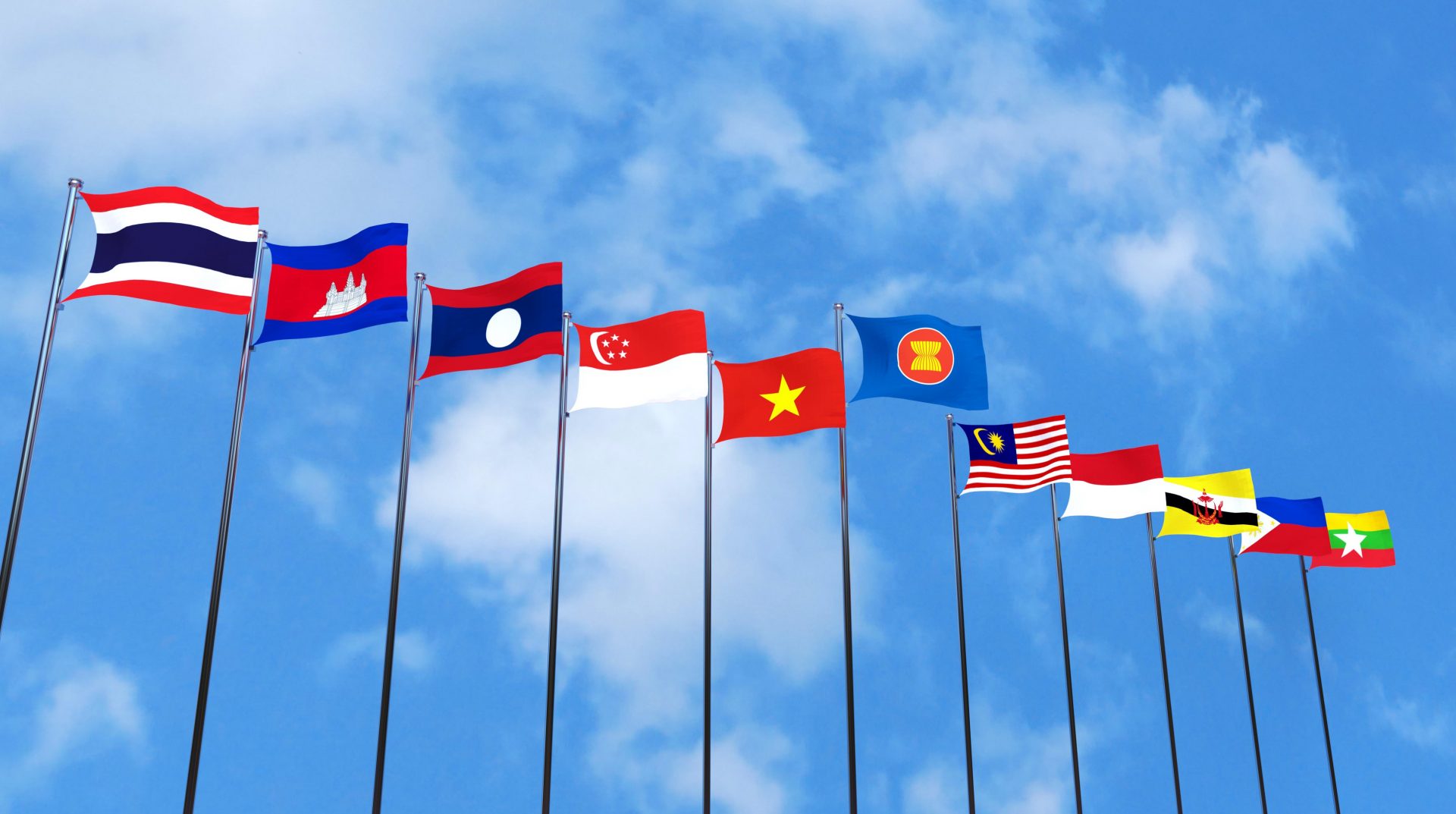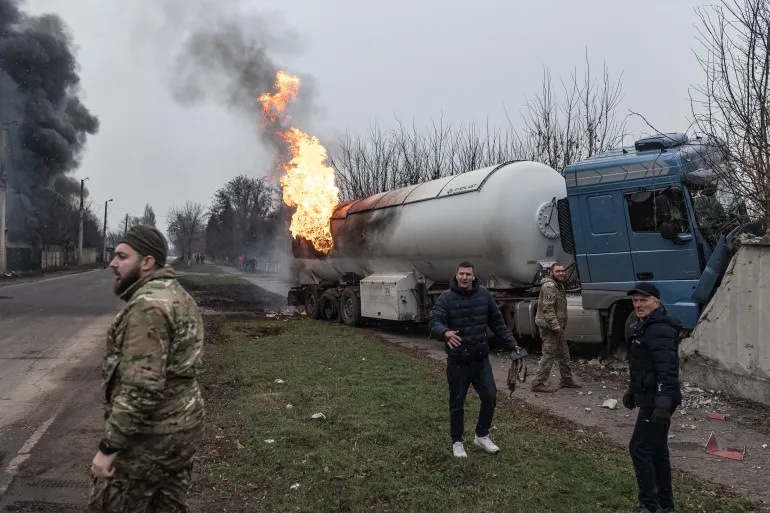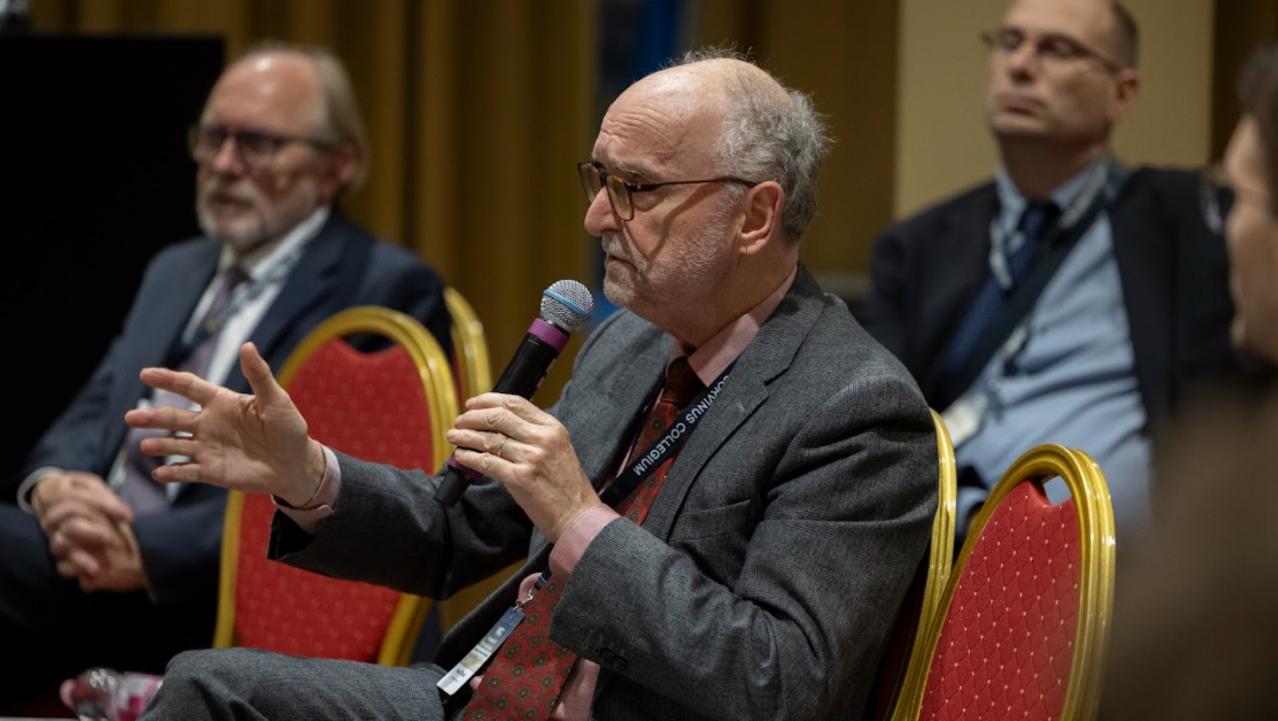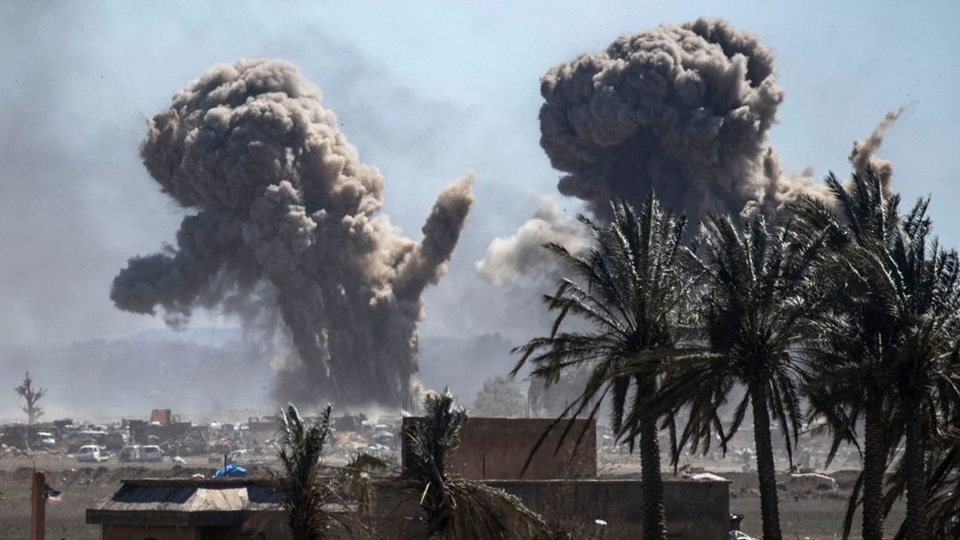
The vast majority of foreign, especially Western, tourists who visit Kazakhstan go to Almaty, the country’s largest city, and Astana, the capital of the Central Asian nation. Since I have been to Astana several times, I wanted to explore some nearby places.
By Nikola Mikovic
However, “nearby” is a relative term in Kazakhstan, a country larger than Western Europe. From a Kazakh perspective, a town of Burabay – located some 250 kilometres (155 miles) north of Astana – is considered “close.” For me, the three-hour ride through the busy streets of Astana and the endless steppes and fields of northern Kazakhstan felt like it took ages.
Given that Chinese cars are becoming increasingly popular in Kazakhstan, as well as in neighbouring Central Asian states, I decided to rent a Chinese-made vehicle (I won’t name the brand here) and drive, rather than travelling by bus or train.
Before I embarked on this adventure, I was advised to be very careful, as most streets and roads in Kazakhstan are monitored by cameras. Despite that, I was shocked by how strictly everyone follows the speed limits.

Moreover, I was impressed by how clean everything was along the roads and highways. I did not see any litter – no discarded bottles, plastic, or other garbage. The people of Kazakhstan are demonstrating their patriotism through their actions by keeping their country clean and well-maintained.
In return, the authorities have provided the local population with extremely cheap fuel, which is not surprising, given that the country is one of the world’s largest oil producers. Still, I felt like crying when I spent only around $25 to fill my tank.
At home, in Serbia, I spend almost four times more (yup, one of the most expensive fuels in Europe). I also couldn't believe how cheap the tolls were – around $ 0.50 for a 200-kilometre (124-mile) ride.
That, however, does not mean that everything in Kazakhstan is cheap. But neither is extremely expensive. Meal prices in restaurants in Burabay are pretty reasonable, ranging from $15 to $20 per person. A small group of us – foreigners who happened to be in Kazakhstan in late May and early June – sought an alternative to horse meat, a significant part of Kazakh cuisine and culture. Fortunately, it wasn’t challenging. Burabay offers a variety of restaurants serving both European and Asian dishes.
The problem, however, is that many restaurants do not accept credit cards, which can be an issue if you’ve already ordered food and don’t have any cash to pay afterwards. In Kazakhstan, neither money nor cards are particularly popular, as most people use Kaspi, a mobile payment platform similar to China’s Alipay. But since I, as a foreigner, do not use Kaspi, I had a hard time leaving the National Park Burabay.
I had to pay a relatively small fee at the exit, but that day, for some reason, cash payments were not accepted.
“What should I do?” I asked the operator I called on the intercom at the exit.
“Ask someone over there to pay for you using Kaspi, and you can give them cash,” he replied.
That’s precisely what I did.
After I paid, I looked back over my shoulder and saw dozens of vehicles waiting in a queue behind me. Surprisingly, nobody was nervous or bothered me. But if I didn’t know Russian, it would have been difficult for me to communicate, because there aren’t many foreign tourists in Burabay and few people there speak English.

Nevertheless, Burabay remains a popular destination for locals, mainly from Astana and other northern Kazakh cities, as well as for visitors from neighbouring Russia. Its natural beauty, lakes, forests, and health resortsmake this resort area an attractive destination for tourists from other countries seeking relaxation and outdoor activities. It is a perfect destination for those who have spent a few days in ultra-modern Astana and want to enjoy a bit of nature comparable to that found in Siberia.
Burabay is renowned for its fresh air, lakes, hills, and abundance of birch trees. Indeed, birch trees are not what you’d typically expect in other parts of Kazakhstan, especially in regions where the climate tends to be more continental and arid. One such area is Karaganda Oblast, situated southeast of Astana, in what can be considered the central part of Kazakhstan.
It took me around three hours to get from Astana to Karaganda, the region’s capital. It is an ideal destination for people interested in what is commonly referred to as dark tourism. During the Soviet era, Kazakhstan hosted a sprawling network of prison camps that housed millions of prisoners.
One of the most famous ones was the Karlag Gulag Camp, located in the village of Dolinka, about 40 kilometres (24 miles) from Karaganda. It is now a museum that memorialises the victims of political repressions that took place in Kazakhstan during the 1930s to 1950s.
Karaganda is also an excellent destination for those seeking to experience the authentic Soviet atmosphere. As someone who spent years travelling the post-Soviet space and is very interested in Soviet history and culture, I could not resist visiting.
Almost everything in Karaganda reflects the Soviet era. Even the monument of Lenin still stands there, and the service in restaurants, especially where the servers are ethnic Russians rather than Kazakhs, is also very Soviet.
Travelling from Astana to Karaganda is like going from the present into the past. And that is what makes Kazakhstan unique – a country where modernity and history coexist side by side, offering travellers a rich and diverse experience that bridges eras and cultures. Whether it’s the futuristic skyline of Astana, the natural beauty of Burabay, or the Soviet-era atmosphere of Karaganda, Kazakhstan invites you to explore its many layers and discover a fascinating story at every turn.






